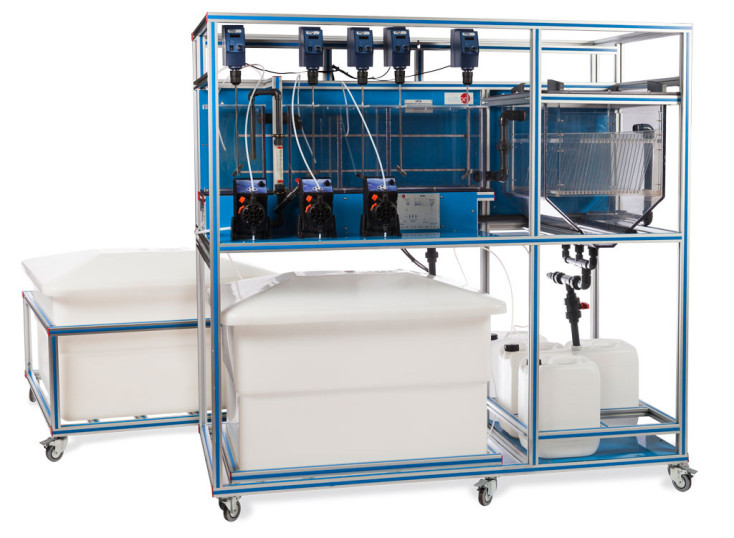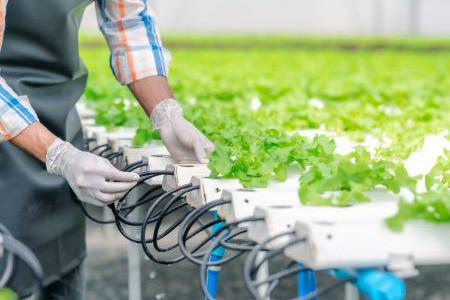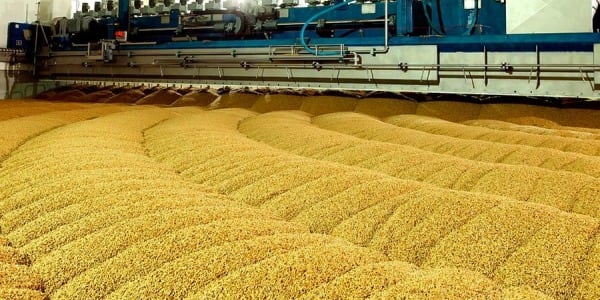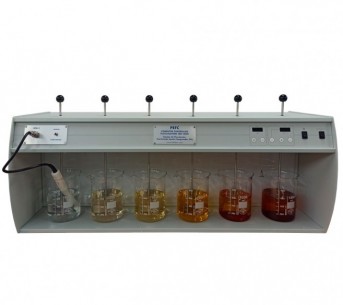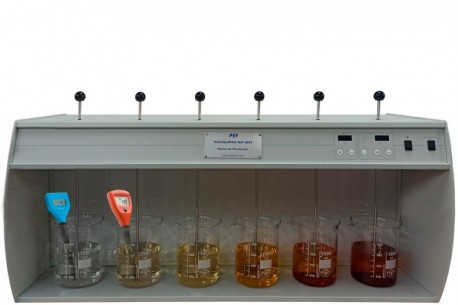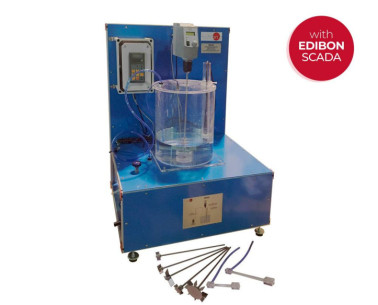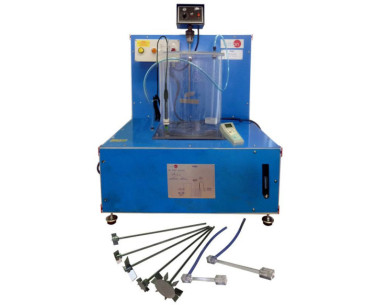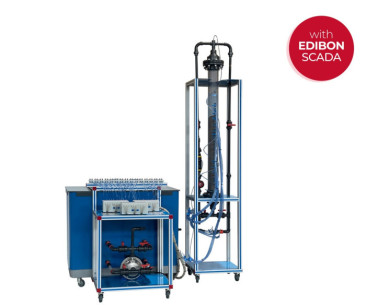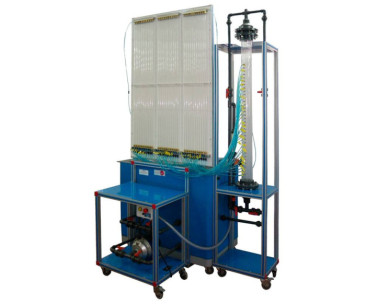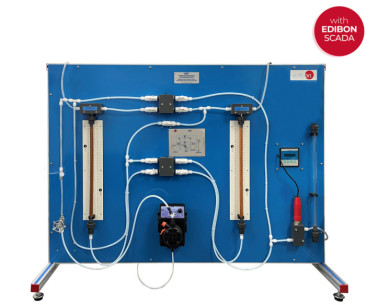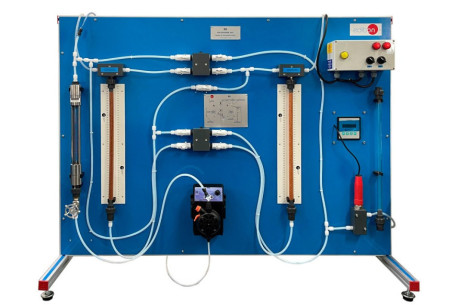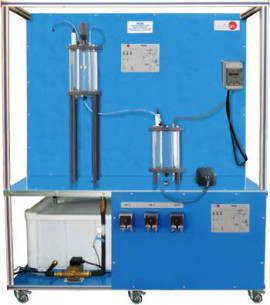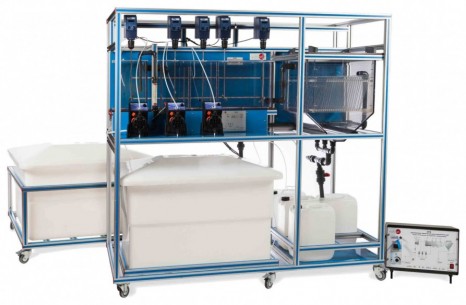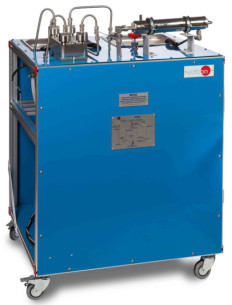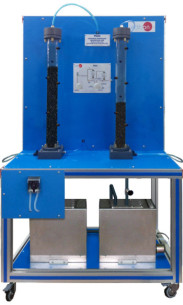The Computer Controlled Sedimentation, Precipitation and Flocculation Unit, "SPFC", has been designed by EDIBON to study the parameters that affect the physicochemical treatment of wastewater for purification. The objective of the unit is to reduce colloidal and suspended matter by studying the precipitation, coagulation, flocculation and sedimentation stages.
The process starts with the supply of water to be treated to the unit, using the raw water a computer controlled supply pump for that purpose. The supply flow is obtained with the flow sensor. The raw water is introduced into the precipitation tank, where a computer controlled pump adds dissolved caustic soda to neutralize that water. Besides, there is an adjustable speed stirrer that facilitates the mixture of the reagents associated to the neutralization reaction. It also includes a temperature sensor and a pH-conductivity sensor to control the key variables of the precipitation process.
Then, water overflows onto the flocculation tank, which is divided into two parts: the coagulation tank and the flocculation tank. Water overflows from one tank to the other. The difference between them is the type of compound added for the colloids breakdown and the formation of flocs.
Coagulation takes place in the first tank by adding coagulant with a computer controlled pump. The coagulation tank includes an adjustable stirrer to break the colloids down. Thus, the mixing will be intense to obtain a uniform and quick distribution of the coagulant before the chemical reaction is generated.
Different sections are observed in the second tank. The first one is delimited by baffle walls to help the mixing process and the others are delimited by stirrers. A flocculant is added to the first section through a computer controlled pump to help in the generation of flocs. The size of those flocs grows in the other sections in order to increase the efficiency of the settling process. For that purpose, the fluid is quietened, preventing turbulences. There is an adjustable speed stirrer in each section to encourage the bond of the particles and their agglomeration as flocs.
Finally, water goes to a lamella separator, where the flocs are separated from the treated water by a settling process. The clarified water leaves through the top and is driven to the treated water tank, while sludge is accumulated in a hopper at the bottom of the unit. As a final result, treated water is stored in the purified water tank, while sludge is extracted from the separator in the sludge tank.
The unit has sampling points in each tank of the process, including the different sections of the flocculation tank. Besides, it has a conductivity meter to analyze the conductivity variation along the process and associate it with the evolution of the dissolved solids.
This Computer Controlled Unit is supplied with the EDIBON Computer Control System (SCADA), and includes: The unit itself + a Control Interface Box + a Data Acquisition Board + Computer Control, Data Acquisition and Data Management Software Packages, for controlling the process and all parameters involved in the process.
 Preferensi cookie
Preferensi cookie

